
Jan 14, 2026 • 9 min read
Algiers is more than a place to pass through when visiting wider Algeria. Here are the best things to do there.

Jan 14, 2026 • 9 min read
Algiers is more than a place to pass through when visiting wider Algeria. Here are the best things to do there.

Jan 14, 2026 • 14 min read
The US is home to some of the most diverse spots on the planet for a natural soak outside. Here are the best.

Jan 14, 2026 • 7 min read
Plan the best time for your visit to Florida with this seasonal guide to climate, crowds and events.

Jan 14, 2026 • 6 min read
You'll find so much more in Panama than its famous canal. Get ready for wildlife-rich tropical forests, beautiful beaches and hip urban spaces.

Jan 14, 2026 • 6 min read
In Sri Lanka, adventurous divers can avoid the crowds at more popular destinations that share the Indian Ocean.
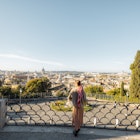
Jan 14, 2026 • 7 min read
Discover the best time to visit Rome with our guide to the weather, crowds, prices and events throughout the year.

Jan 14, 2026 • 12 min read
Experience the glittering magic or Paris without spending a dime.

Jan 13, 2026 • 9 min read
People often describe Paris as the "City of Love," but this could just as easily be the "City of Museums." Here are some of Paris' best museums.
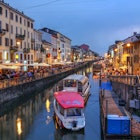
Jan 13, 2026 • 10 min read
Discover the best things to do in Milan, from the Duomo and “The Last Supper” to canal-side bars, fashion, design museums and a legendary happy hour.
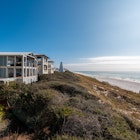
Jan 13, 2026 • 9 min read
Florida Panhandle beaches are a vacation mainstay, but visitors who move past the shore are rewarded by the Emerald Coast's other top attractions.

Jan 13, 2026 • 7 min read
A spring sojourn in Spain is never a bad idea. From Carnaval in the Canaries in March to Madrid in May, these are Spain’s top places to go in spring.

Jan 13, 2026 • 9 min read
The best time to visit Patagonia depends on which region you're heading to and what you want to see and do. Check out this month-by-month guide.

Jan 13, 2026 • 9 min read
Andorra is rich in centuries of history, dramatic mountain scenery and blood-pumping adventure.

Jan 12, 2026 • 15 min read
Discover the best day trips from Venice, from art cities and spa towns to lakes, mountains and coastal escapes, all within easy reach.

Jan 12, 2026 • 6 min read
Traveling to Greece delivers in myriad ways: ancient history, stunning vistas from coastal cliff towns and the freshest food.
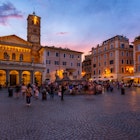
Jan 12, 2026 • 7 min read
Trastevere will bring you sun-dappled cobblestone streets, 12th-century mosaics and lively piazzas. Prepare for nothing short of surprise and delight.

Jan 12, 2026 • 6 min read
From medialunas to limpets, here are eight things to try in Lima.

Jan 12, 2026 • 7 min read
Florida's more than 1000 freshwater springs beckon visitors to these pleasantly warm waters year-round.

Jan 12, 2026 • 7 min read
Sunseekers flock to Mykonos' beaches by day and revelers to its superclubs until dawn. But this island in the Cyclades is more than sand and revelry.

Jan 11, 2026 • 7 min read
How to experience Rome beyond the major tourist landmarks.
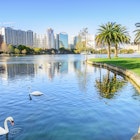
Jan 11, 2026 • 6 min read
After enjoying Orlando’s world-famous (and famously expensive) theme parks, give your wallet a break with these activities in and around the city.

Jan 11, 2026 • 7 min read
New York City isn't typically tied to rugged outdoors and wildlife, but hikes with beautiful views and robust landscapes are easily accessible from the city.